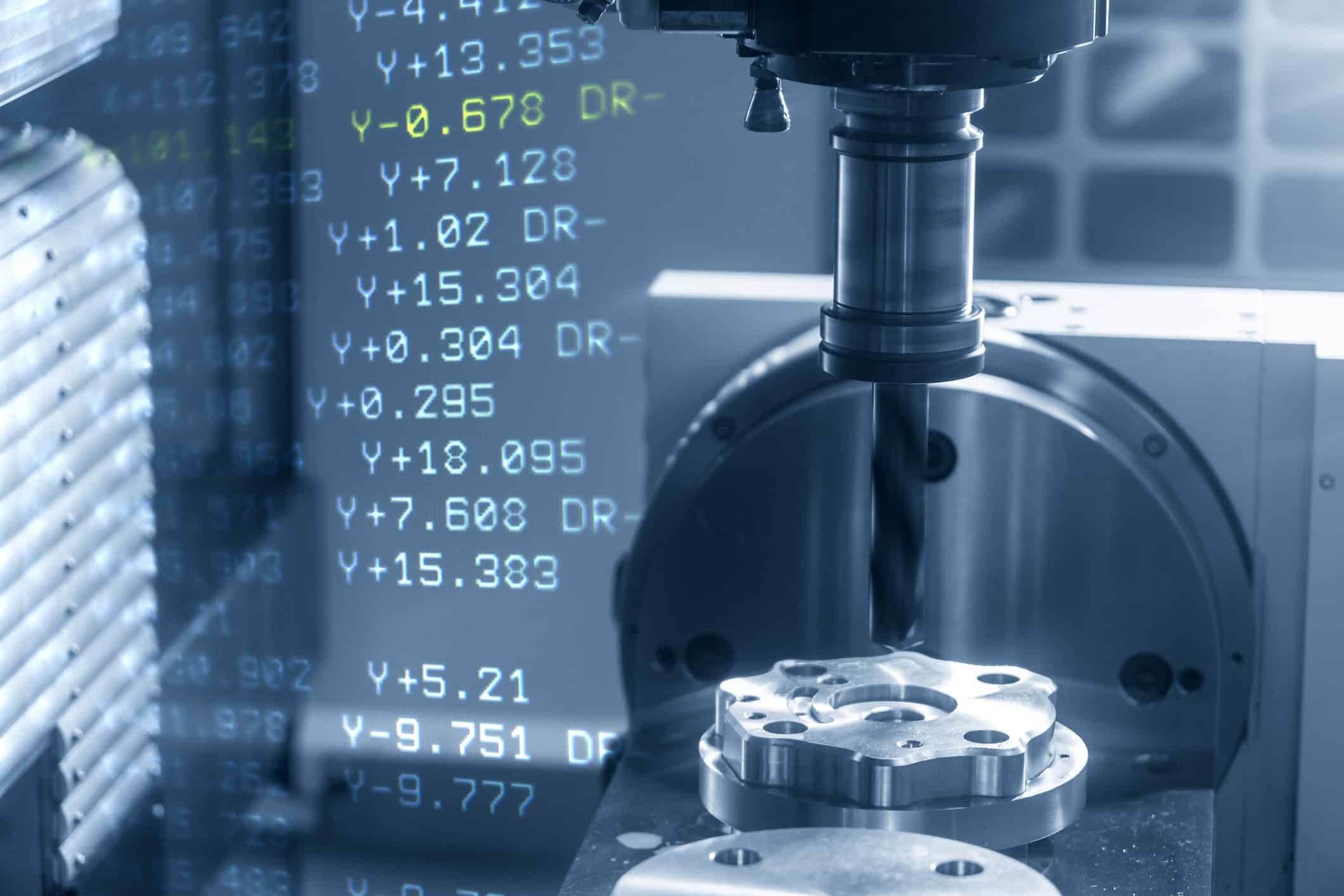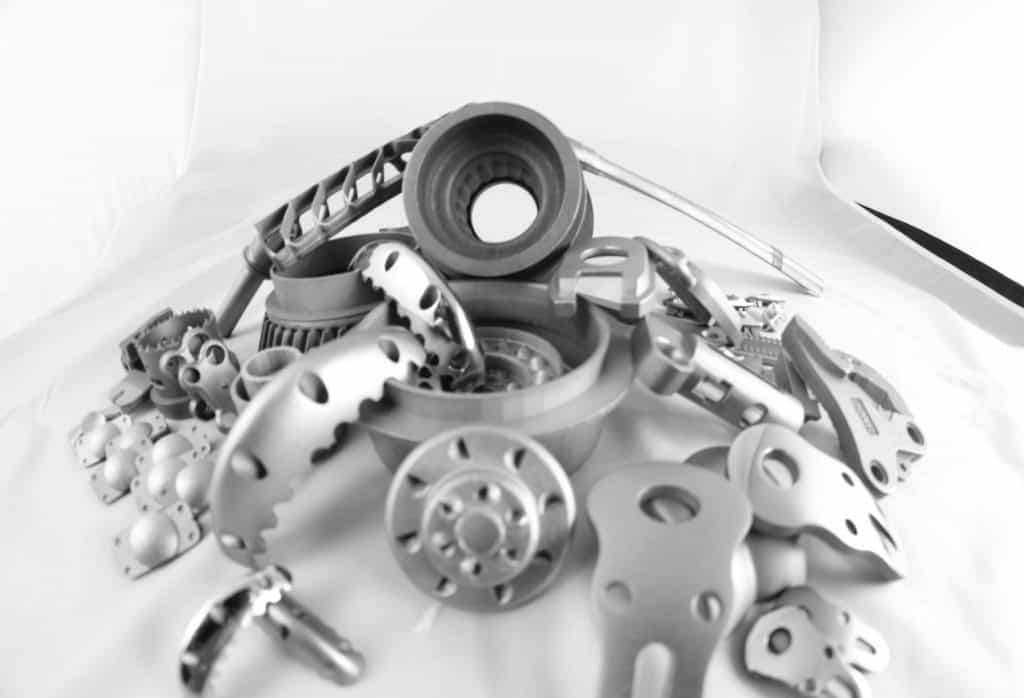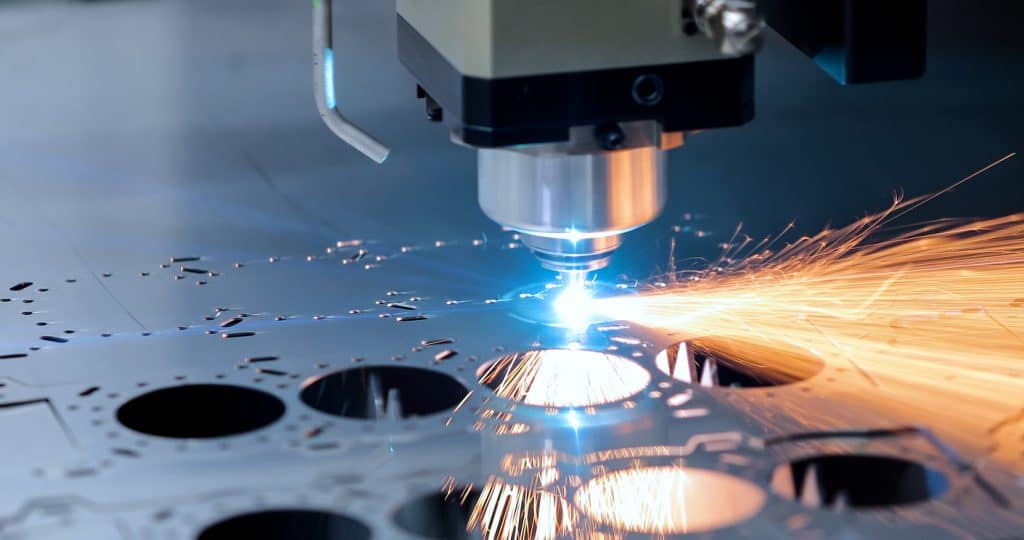Design for Manufacturability: The Basics

What is Design for Manufacturability?
Design for Manufacturability (DFM) represents a critical thought process that should be incorporated during the early stages of product development (before the tooling and assembly processes). DFM principles help manufacturers achieve the following during product development:
- Simplifying design by reducing complexity of products and avoiding unnecessary features. This helps minimize cost and maximize efficiency.
- Making products easy to assemble with features such as self-aligning components or connectors that ensure correct positioning and orientation. This can decrease the potential for errors and defects, and reduce the number of operations required for production.
- Standardizing materials and components, and reducing the number of required or unique parts, helps to cut costs and simplify manufacturing.

The 5 Principles of Design For Manufacturing
Design for Manufacturability involves several principles that should be considered during the early stages of product development to ensure efficient production.
1. Pick the Appropriate Process
First, you must choose the proper manufacturing process for the part or product. Selecting injection molding for a low-volume part may result in high upfront costs due to molds and tooling, while thermoforming could be a more cost-effective option as it requires less-expensive tooling. Factoring in production volume, part complexity, and the desired features for a part is critical to optimizing product development and manufacturing. MFG manufacturers cover a broad spectrum of manufacturing processes.
2. Design for Efficiency
Part drawing and design must conform to sound manufacturing principles to ensure efficient, high-quality production. The following example list applies to the plastic injection molding manufacturing process:
- Consistent wall thickness, allowing even and quick part cooling
- Proper draft angles of 1 or 2 degrees
- No thin walls increasing injection pressure
- No undercuts or features requiring side action
- Texture should be one degree for every 0.001” of texture depth
- Ribs should typically be 60 percent of the nominal wall
- Application of the loosest tolerances, still allowing a good product
- Discussion on design with the contract manufacturer to ensure conformity to sound manufacturing principles
Applying the appropriate guidelines should help you avoid potential issues in production.
3. Select the Material Carefully
Consider the following material properties during DFM:
- Mechanical properties: How strong must the material be?
- Thermal properties: Should the material be heat-resistant?
- Color: Must the part be a specific color?
- Optical properties: Should the material be reflective or transparent?
- Electrical properties: Will the material act as an insulator rather than a conductor?
- Flammability: Does the material need to be flame-resistant?
Incorporating these material properties will help guarantee peak performance and functionality in parts.
4. Assess the Operating Environment
Design your part or product to withstand the conditions of its intended use. Even the best design is irrelevant if a part fails to perform under normal operating conditions.
5. Prioritize Compliance and Testing
Ensure that your product complies with safety and quality standards, whether they are industry-wide, third-party, or company-specific.

Why is Design for Manufacturing Important?
DFM is crucial for companies hoping to produce their products efficiently and profitably, and allows them to make critical product development decisions early on.
Designing with DFM in mind can also significantly reduce final production costs, helping identify and quantify inefficiencies or waste at various points throughout the manufacturing and production process.
What Benefits Can Buyers of Manufacturing Services Expect from Effective DFM?
Products developed with DFM principles typically have lower production costs, which can help you:
- Discover and eliminate costly mistakes or design flaws before manufacturing
- Reduce steps in assembly by combining parts
- Shorten time-to-market by increasing product development speed
- Produce higher quality products, components, and parts
- Create a safer working environment by identifying and eliminating potential hazards
How Long Does DFM Take?
The duration of the DFM process varies, depending on the type of product and the manufacturing process involved. On average, DFM takes about two weeks, but more intricate projects might need an additional week or even longer. A well-defined product design that aligns with all parties’ criteria can expedite the process; however, the overall production timeline might be extended depending on factors such as the quality and complexity of questions that arise, as well as responsiveness and attention to detail in addressing them.
Your contract manufacturer can give you a better idea regarding how long they think the process will take. Keep in mind that a quality product is always the goal, with speed as a secondary consideration.
A thorough DFM will end up reducing the complexity of the design and satisfying the customer’s requirements for price, specification, material, and scheduling.
In Summary
Incorporating Design for Manufacturing principles can lead to quantifiable reductions in the complexity and cost of manufactured products. It’s essential to continue improving your product even after the initial design stage. When you identify avenues for improvement, you should return to the drawing board to incorporate the enhancements. Continuous improvement is a core tenet of designing and manufacturing a product.
DFM is also critical to reducing a product’s final cost without compromising on its durability, quality, and performance. The principles of DFM may seem simple at first, but their positive effect on enhancing the manufacturing process is invaluable. The significant savings achieved through DFM make it crucial to consider incorporating its principles while designing or improving your product!




